Pleated shades soften a window while enabling filtered sunshine to illuminate the space. Although they resemble cellular or honeycomb colors, there are critical distinctions before determining which treatment is best for you. Unlike honeycomb shades, which have two layers of fabric that form tubular “cells” across the breadth of the shade, pleated shades have only one layer of material. The insulating characteristics and appearance of a pleated shade are vastly different due to this seemingly trivial modification in the shade’s structure.
While pleated shades provide some window insulation, they are less energy-efficient than honeycomb shades. A honeycomb shade’s cells trap air, providing better protection against heat loss and sunlight gain at the window. Pleated shades defend against solar heat absorption in the summer but are less effective at insulating against the cold in the winter. A single layer of fabric is just insufficient as an insulator.
Pleated shades have a similar appearance to cellular shades because of their sharp pleats. The cords that govern the shade’s lifting are the fundamental distinction between the two types of shades. While the threads of a cellular shade are concealed within the fabric cells, the cords of a pleated shade are visible from both inside and outside the property. When the threads travel through the shade fabric, they create pinholes of light, which might be annoying if you’re trying to block out all of the light in a space.
Pleated shades often have a more extensive fabric selection than cellular shades. There are dozens of pleated fabric possibilities, ranging from woven grass-look materials to crinkle silks. There are options for light control and privacy that are sheer, semi-opaque, and opaque. Standard cord lock options, continuous cord loops, and cordless lifting – the most common – are available as lifting systems. For those problematic windows, pleated shades can also be manufactured in various shapes, such as trapezoids and arches.
The majority of pleated shades have a 1′′ pleat size. They also have a very modest stack when fully elevated to the top of the window. This is the way to go if you want a shade that is there when you need it but out of sight when you don’t. Pleated shades are less expensive than other types of window treatments, making them a good choice if you’re on a budget. Unlike other less expensive window treatment alternatives like wood or aluminum blinds, pleated shades add softness and texture to the window in a manner that a rigid surface simply can’t.
While pleated shades aren’t suitable for every home, their massive range of fabrics, lifting options, and forms, as well as their low cost, make them well worth considering.
Let’s summarize the pros and cons of pleated shades below.
|
Pros |
Cons |
|
Light Control UV Protection |
Some are more energy-efficient than others. |
|
Privacy |
There is only one fabric layer. |
|
Insulation |
Cleaning is difficult. Pleats can retain dust and debris, making it difficult to restore their original appearance. |
|
Durability |
|
|
Effortless to Use |
|
|
Fabrics of many types are available. |
|
|
There are various sorts of cords available, with cordless being the most popular. |
|
|
Option with a lower price |
Do you still have concerns about making a decision? Then come into our Orange Beach Blinds store or call us at 251-597-4505. We have a fantastic team of professionals on staff that are happy to give you the most current information



Recent Comments